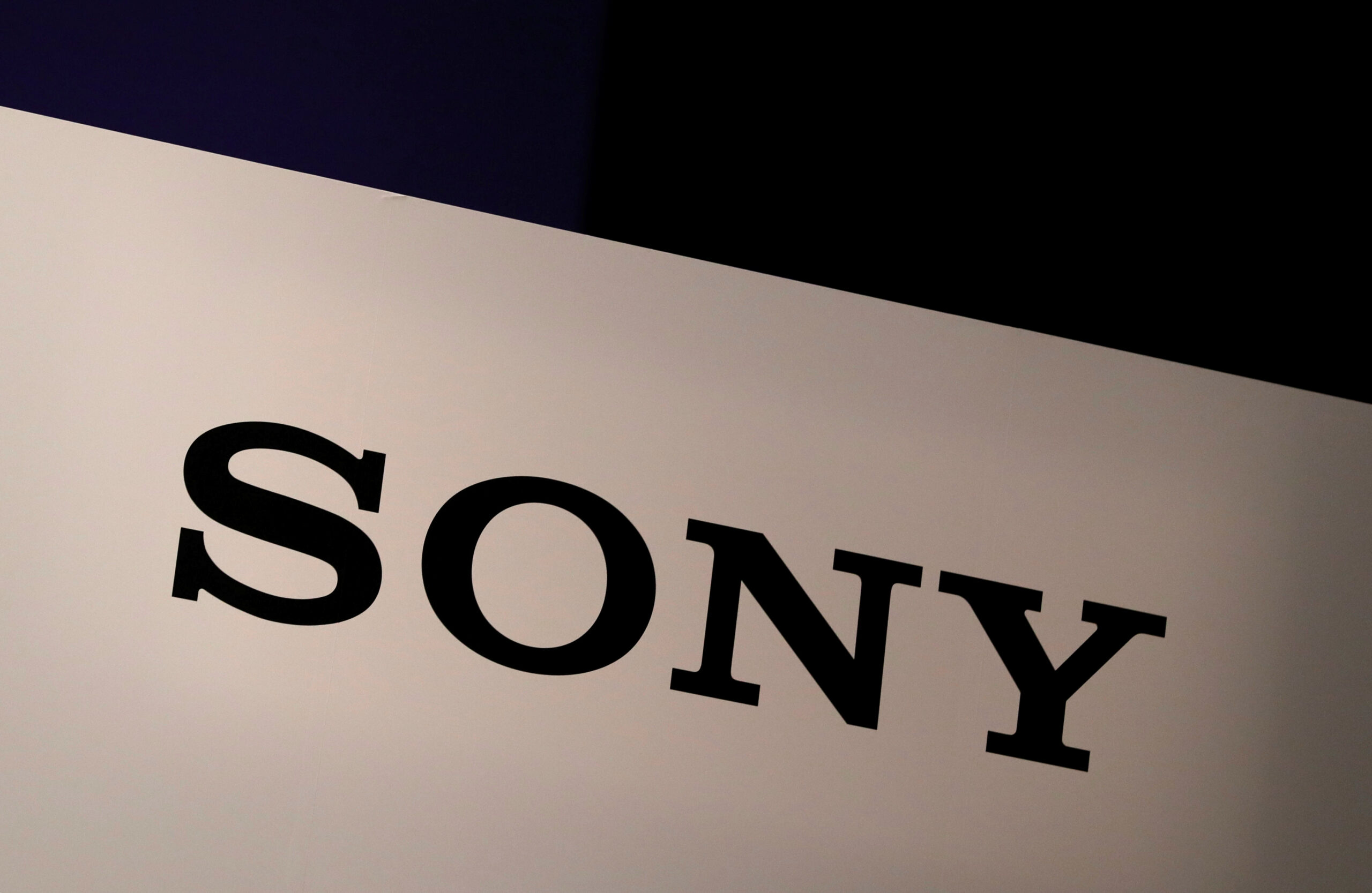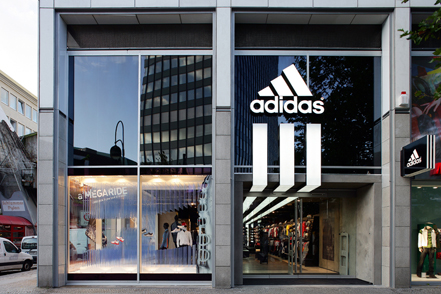Introduction
SONY is a Japanese multinational conglomerate corporation headquartered in Kōnan, Minato, Tokyo, Japan. Sony is an electronic development Japanese company worldwide. Business Model of Sony involves its Business plan, revenue model, its competitors and SWOT Analysis.
As a major technology company, it operates as one of the world’s largest manufacturers of consumer and professional electronic products, the largest video game console company and the largest video game publisher. Through Sony Entertainment Inc, it is one of the largest music companies (largest music publisher & second largest record label) and the third largest film studio, making it one of the most comprehensive media companies.
Sony Group Corporation is the holding company of the Sony Group, which comprises Sony Corporation, Sony Semiconductor Solutions, Sony Entertainment (Sony Pictures, Sony Music), Sony Interactive Entertainment, Sony Financial Group, Sony Creative Products, and others.
Sony has historically been notable for creating its own in-house standards for new recording and storage technologies, instead of adopting those of other manufacturers and standards bodies, while its success in the early years owes to a smooth capitalization on the Compact Cassette standard introduced by Philips, with which Sony went on to enjoy a decades-long technological relationship in various areas.

Business Model
Sony Corporation is a giant in its industry having well-built core competencies. It has economies of scale and wide scope both in production and research and development because of its huge network in Japan, the United States and other countries all around the world. Moreover, its unique quality, technology and differentiated products are other top strategic benefits that can help it to attain competitive advantage in market.
Product quality and quality management are also major unique selling points making the formidable reputation of Sony. From the original electronics products lines, entertainment and communication devices to robots, Sony always presents to the market premium products with the brand exclusive features in order to deliver to the customer their best cutting edge technology.
Sony advertises the beauty and performance of its products, such as computers and cellphones, with the help of movies and other celebrities. As a result, it can be deduced that Sony employs a large number of celebrity endorsements for its brands.
It even has a strong social media presence and uses video content, online ads, and other forms of digital marketing to keep its users engaged – showcasing how the business model of Sony and its marketing efforts are geared towards enticing younger audiences.
The innovativeness of Sony comes from the strategy of creating their own in-house technology for their product development rather than adopting and relying on market technology.
Revenue Model
Sony is a diversified, multinational conglomerate and one of the largest companies in the world by revenue, as such it has a variety of revenue streams. In the year ending 31st March 2016 the Company recorded an annual revenue of JPY 8.1 trillion (approximately $71.7 billion).
Sony is a low-cost manufacturer of a variety of devices. This allowed them to have sufficient resources, allowing them to outperform their opponents.
Sony Competitors
Below are the top 12 competitors of Sony:
1. LG Electronics
2. Panasonic
3. Apple
4. Toshiba
5. Haier
6. Whirlpool
7. Samsung
8. Microsoft
9. Philips
SWOT Analysis
Strengths
Quality Items: Consistently providing high-quality products is easier said than done when you don’t have your consumers’ best interests at heart. Sony’s massive R&D spending has allowed the business to continually provide high-quality goods.
Brand Value: Sony has been obsessively focused on meeting the demands of consumers from its inception, allowing the business to cultivate a tremendously valued brand. Sony was placed #39 on the Top Regarded Companies list and #60 on the World’s Most Valuable Brands list in 2019.
Highly Innovative: Sony is one of the most inventive corporations in the world, having developed or assisted in the creation of several new consumer items. Sony has made significant contributions to the consumer electronics sector.
The Broadest Range: Meeting the demands of the whole market ensures significant earnings and long-term viability. Sony offers a wide range of consumer products and services, from home appliances to mobile phones and entertainment.
Weaknesses
Negative Media Attention: When a corporation is hacked, trade secrets are exposed to rivals, and consumers see ineptitude. Sony was hacked in 2014, exposing vital commercial secrets and straining relationships with other corporations.
Expensive Product: The brand’s pricing is a key problem since it is expensive and not always reliable. Countless people all around the world are still unable to purchase Sony items owing to their excessive prices. Customers are more inclined to switch to a less priced or resale-value-rich brand, such as Samsung.
Opportunities
Focused on Emerging Economic systems: The International Monetary Fund (IMF) predicts that in the following years, emerging markets would expand at a quicker rate of 4.7 percent than developed markets, which will grow at 2.1 percent. Sony is expanding its business in emerging nations to take advantage of rising buying power.
Enhance Medical Imaging: From 2018 to 2025, the healthcare display market is expected to develop at a CAGR of 4.4 percent. Sony is already active in this industry, and all it needs to do now is develop its image branch and capitalize on the expected growth.
Diversify Offerings: Despite being a big participant in the game industry, Sony’s PlayStation business lacks diversity. For starters, there is a growing demand for mobile games. Sony has the chance to expand its gaming sector by including additional mobile games.
Threats
Oversaturation: After such an expansion in the number of smartphones led to oversaturation, Sony Mobile was forced to quit Southeast Asia. The demand for and profitability of Sony’s products will continue to decline as more businesses enter the market.
Global Epidemic: As a result of the pandemic, businesses all across the world are experiencing poor demand and instability. Sony’s operational profit fell by more than 30% in the first quarter of 2020, to its lowest level in four years. If the issue remains or intensifies, the financial harm to the firm may be irrevocable.
Hacker Threats: Any firm is vulnerable to the danger presented by hackers, which can result in millions of dollars in damages and litigation. Sony Pictures knows how a data leak may have far-reaching implications.
Counterfeiting is on the rise: Fake goods account for 3.3 percent of global trade and are on the rise. Counterfeiters are after high-end items like Sony’s TVs, phones, and gaming consoles.
Technological Developments: Over the last decade, technological advancements have enabled newcomers like Techno and TCL to offer elevated quality devices that can rival Sony’s but at a lesser cost.
Conclusion
Sony is one of the most coveted and leading manufacturers of communication, gaming consoles, information technology products, electronics, and video for professional markets and customers, which has helped the company grow into one of the world’s wealthiest and most likeable corporations.





